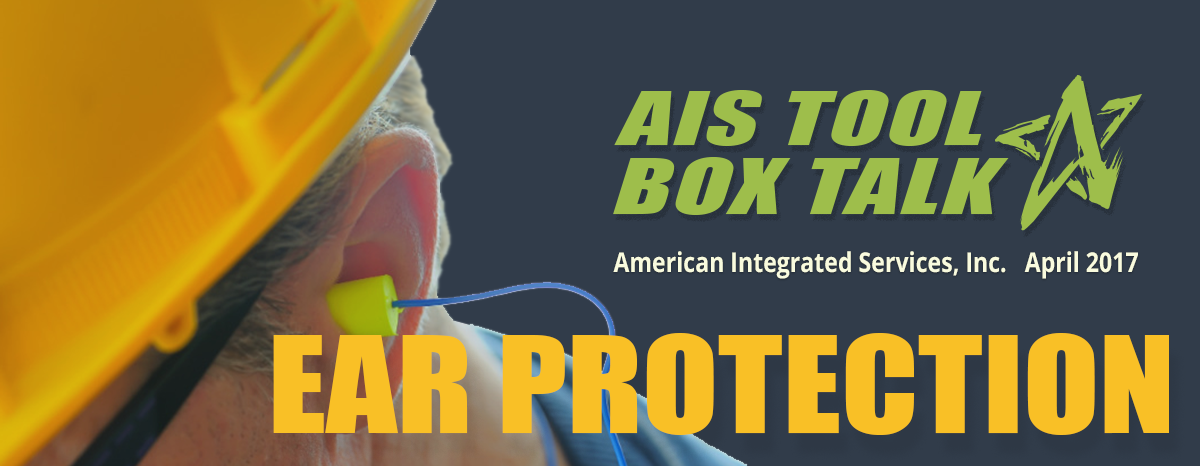|
Remember the saying, “You don’t know what you’ve got ‘til it’s gone?” Hearing is one of those things. Exposure to loud noise on the job site can cause permanent hearing loss—sometimes instantly, but sometimes so gradually that you may not realize it’s happening. That’s why it’s critical to be aware of noise hazards on the job site and protect yourself from hearing loss.
How do you know if noise levels are hazardous on your job site? OSHA recommends hearing protection when you are exposed to noise levels of 85 decibels (dBA) over an 8-hour period. You can use a sound level meter to measure the decibels produced by your equipment, or a dosimeter to measure the average noise exposure over your workday. In the absence of these instruments, use the “two-to-three-foot” rule: if, when standing two to three feet (arm’s length) away from a coworker, you must raise your voice to be heard, the noise level is probably greater than 85 dBA. Noise levels can be controlled by selecting the quietest equipment or tool available for the job; positioning equipment farther away when possible; erecting sound barriers around noisy equipment; or by adding mechanical controls such as mufflers to loud equipment. When noise reduction is not an option, ear protection must be worn. Whether you choose earmuffs or one of the many varieties of ear plugs available, proper fit and use are key to preventing hearing loss.
Be sure to include noise hazards in your Job Hazard/ Job Safety Analysis and in your daily tailgate talks. For more on hearing protection, see the OSHA pocket guide at https://www.osha.gov/Publications/3498noise-in-construction-pocket-guide.pdf. Comments are closed.
|


4/24/2017